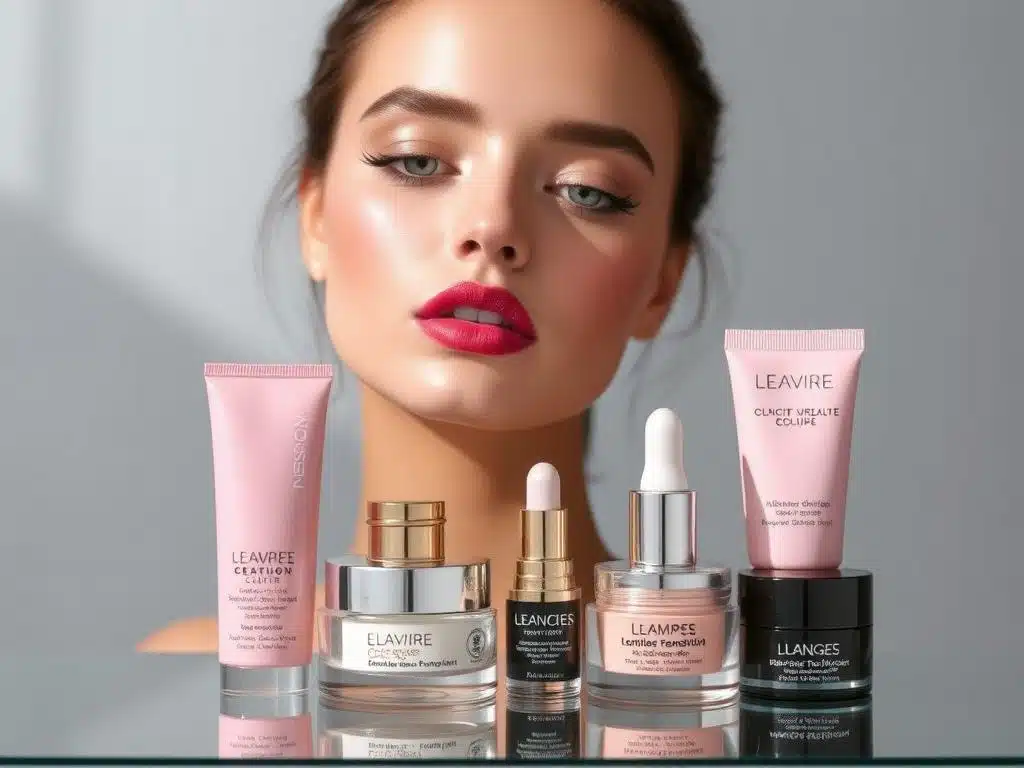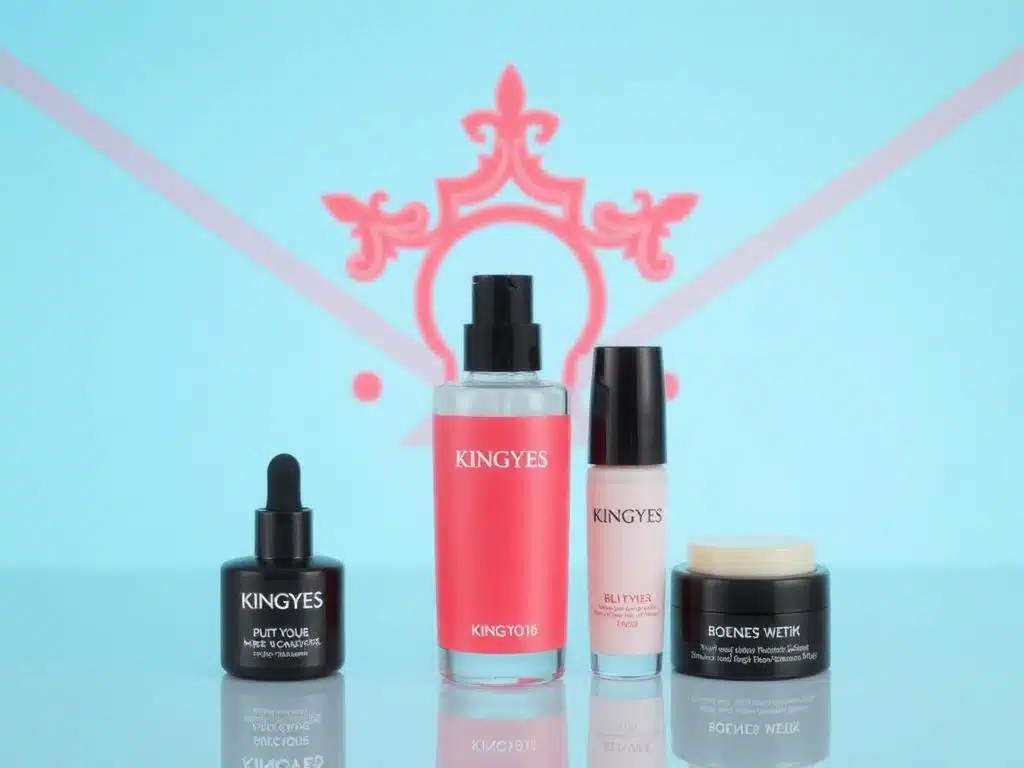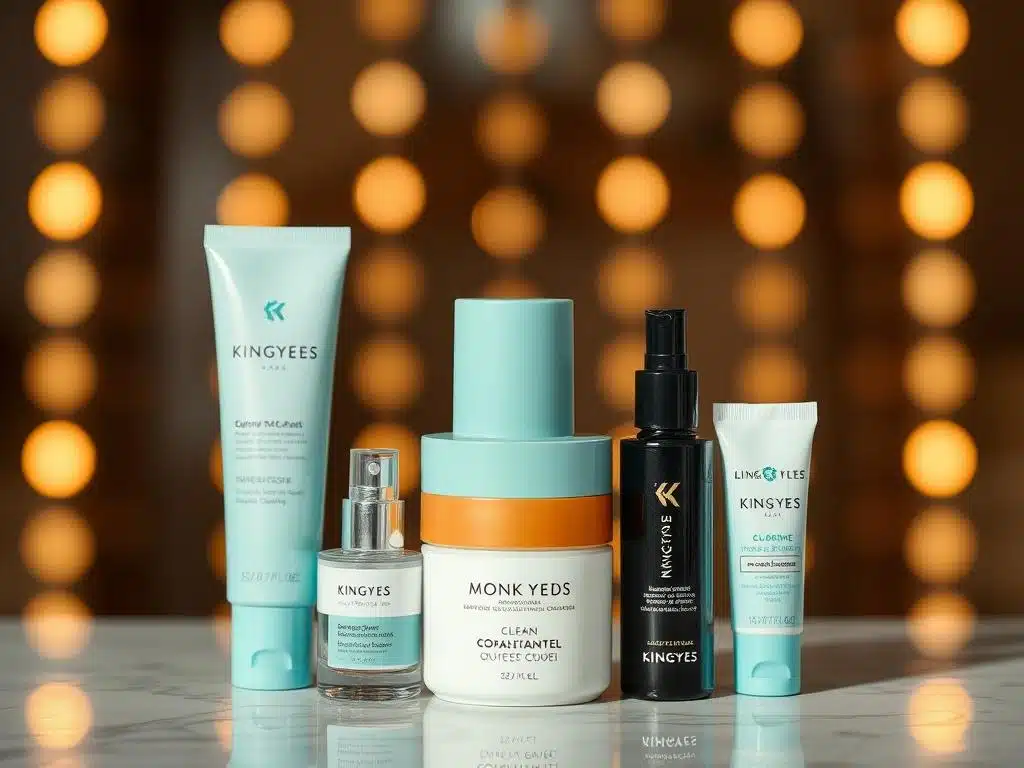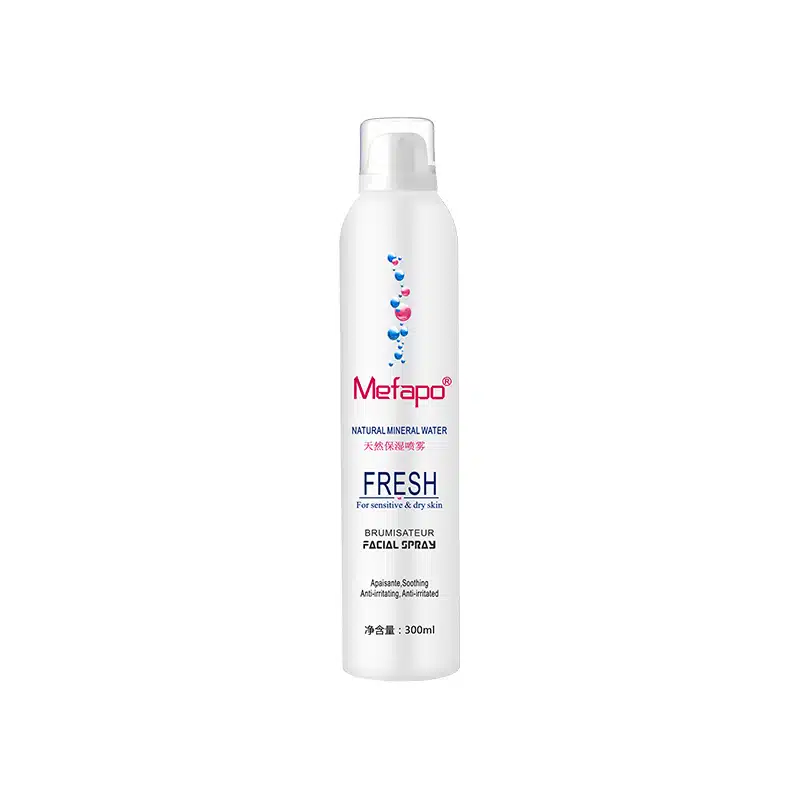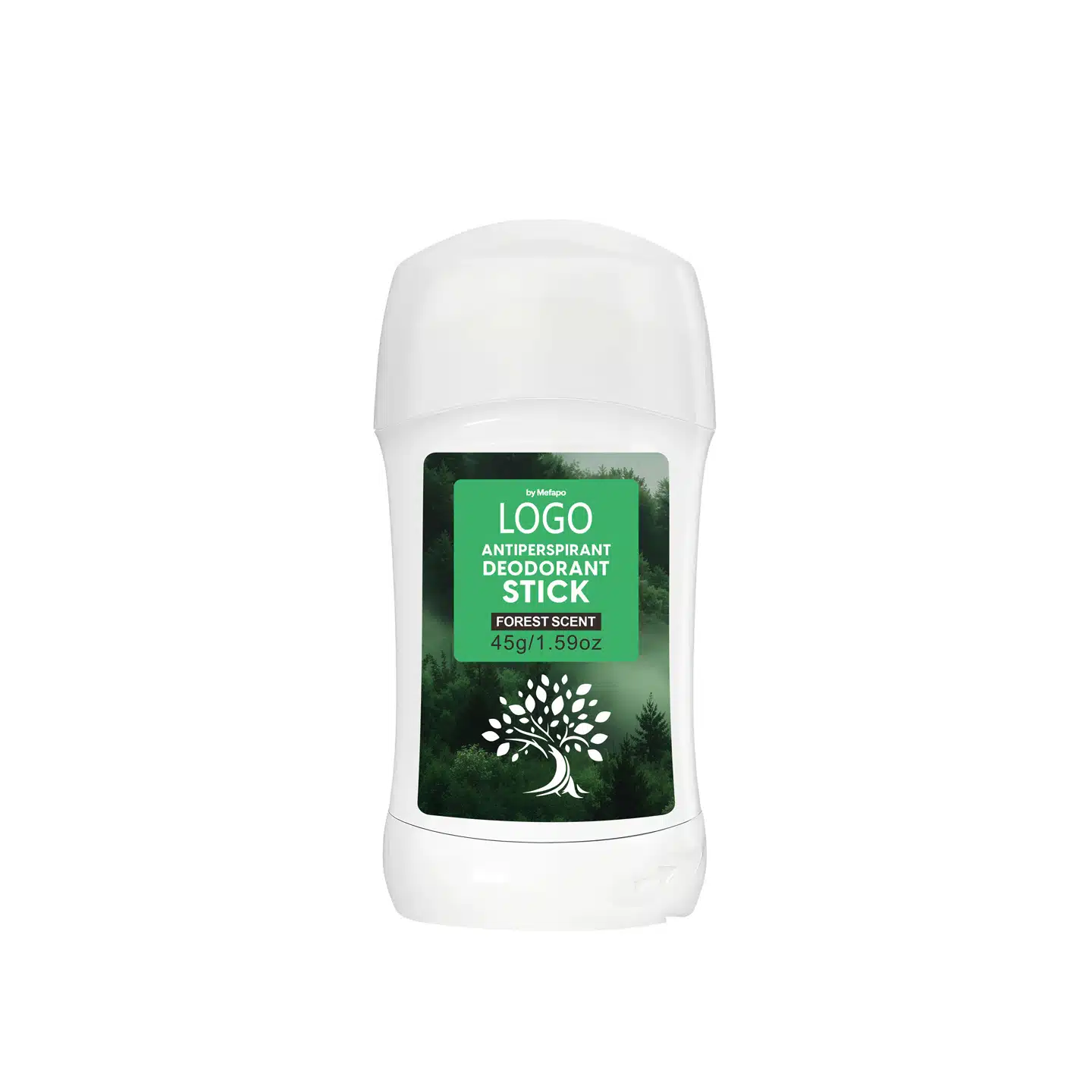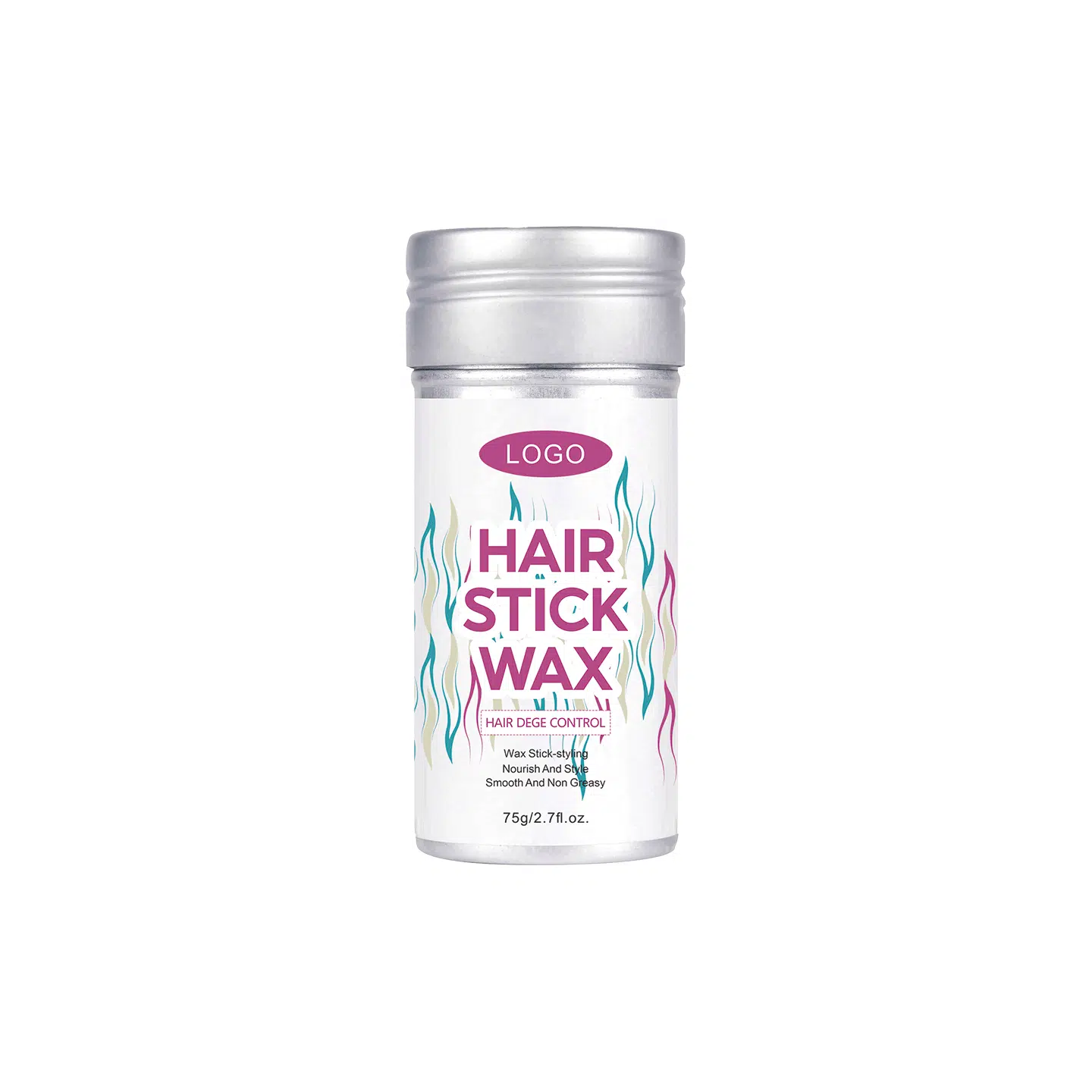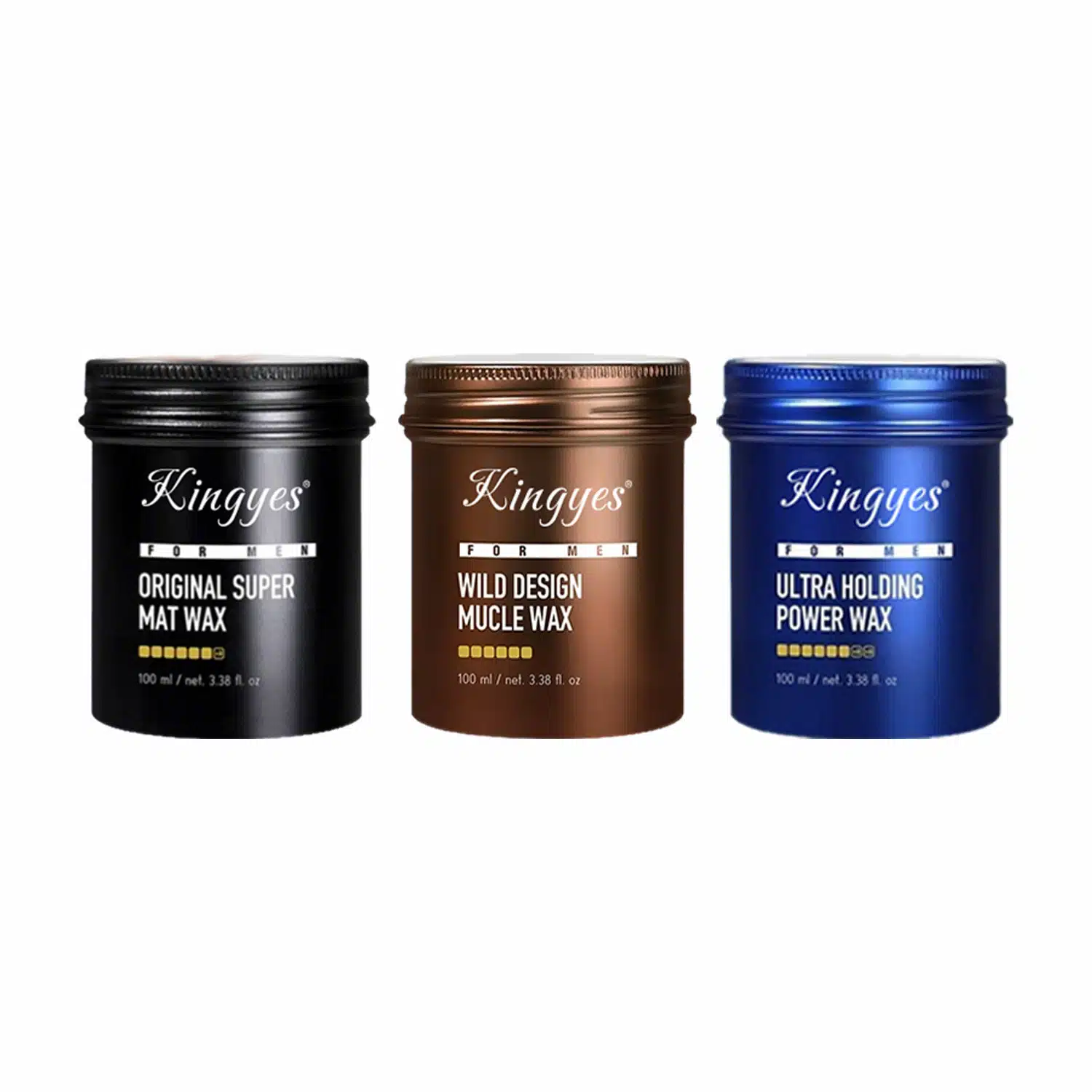
What Is The Largest Beauty Ecommerce?
Table of Contents
Beauty’s Digital Reign: Who is the Largest Beauty Ecommerce in 2024?
The beauty industry is experiencing a digital revolution, with ecommerce rapidly reshaping how consumers discover, shop for, and purchase cosmetic and personal care products. In 2023 and continuing into 2024, beauty ecommerce has exploded, with established retailers and emerging brands alike vying for a share of the growing online market. But amidst this dynamic landscape, one question stands out: who is the largest beauty ecommerce? This article delves into the world of online beauty, exploring the top players, emerging trends, and key factors driving the growth of beauty and personal care e-commerce. We’ll analyze the strategies of leading beauty ecommerce websites and examine how they are catering to the evolving needs of today’s beauty shoppers. Whether you’re a beauty enthusiast, an industry professional, or an aspiring entrepreneur, this article will provide valuable insights into the current state and future of beauty ecommerce.
The Rise of Beauty Ecommerce: A Transforming Industry
The beauty industry has undergone a dramatic transformation in recent years, fueled by the rise of ecommerce and changing consumer behaviors. While brick-and-mortar stores remain important, a growing number of consumers are turning to online channels to purchase beauty and personal care products. This shift has been accelerated by factors such as the COVID-19 pandemic, the increasing popularity of social media and beauty influencers, and the convenience and accessibility of online shopping. Beauty shoppers are becoming more comfortable making purchases online.
Ecommerce has opened up new opportunities for both established beauty brands and emerging players. Online stores can reach a wider audience than traditional retail stores, and they can offer a broader selection of products, including niche and indie brands that may not be available in physical stores. Ecommerce also allows beauty brands to collect valuable data about their customers’ preferences and behaviors, which can be used to personalize the shopping experience and improve marketing efforts. The rise of ecommerce has democratized the beauty industry, allowing smaller brands to compete with established giants.
The growth of beauty ecommerce is reflected in the numbers. In 2023, the beauty and personal care e-commerce market experienced significant growth, and this trend is expected to continue in 2024 and beyond. The United States is one of the largest markets for beauty ecommerce, with online sales accounting for a growing share of total beauty sales. The convenience of online shopping, combined with the ability to research products, read reviews, and compare prices, has made ecommerce an increasingly attractive option for beauty shoppers.
Who Are the Top Players in Beauty Ecommerce in 2024?
The beauty ecommerce landscape is highly competitive, with a mix of established retailers, direct-to-consumer brands, and online marketplaces vying for market share. While the exact rankings may fluctuate, several key players consistently dominate the top online beauty space in 2024.
- Amazon: The ecommerce giant is a major force in the beauty industry, offering a vast selection of beauty products from both established and emerging brands. Amazon’s Prime membership program, with its fast and free shipping, has made it a popular choice for beauty shoppers. Amazon also offers features like Subscribe & Save, which allows customers to receive regular deliveries of their favorite products at a discount. This makes online shopping very convenient.
- Ulta Beauty: Ulta Beauty is a leading specialty beauty retailer that has successfully transitioned to ecommerce. Its online store offers a wide range of cosmetics, skincare, hair products, and fragrances, as well as exclusive online deals and promotions. Ulta Beauty’s loyalty program, Ultamate Rewards, is also a key driver of both online and in-store sales.
- Sephora: Another major specialty beauty retailer, Sephora, has a strong ecommerce presence. Its online store offers a curated selection of prestige beauty products, as well as online exclusives, samples, and a robust loyalty program called Beauty Insider. Sephora has also invested heavily in its mobile app, which offers features like virtual try-on and personalized product recommendations. Retailers like Sephora have adapted to the rise of ecommerce.
- Walmart: The retail giant has been aggressively expanding its ecommerce business, including its beauty offerings. Walmart’s online store offers a wide selection of mass-market and affordable beauty products, as well as some prestige brands. Walmart’s vast physical store network also allows it to offer services like online order pickup and same-day delivery in many locations.
- Target: Similar to Walmart, Target has also been investing heavily in its ecommerce capabilities, including its beauty assortment. Target’s online store offers a mix of mass-market and exclusive beauty brands, as well as curated collections and collaborations. Target has also partnered with Ulta Beauty to offer a shop-in-shop experience both online and in-store.
These are just a few of the major players in the beauty ecommerce space. Other notable players include direct-to-consumer brands like Glossier, Fenty Beauty, and The Ordinary, as well as department stores like Macy’s and Nordstrom, which have expanded their online beauty offerings. It is a highly competitive landscape. The largest beauty ecommerce player is constantly changing.
What Strategies are Driving Success for These Top Online Beauty Stores?
The top online beauty stores have achieved their success by implementing a variety of effective strategies. These include:
- Wide Product Selection: Offering a vast and diverse assortment of beauty products is crucial for attracting and retaining customers. The top players carry a wide range of brands, from drugstore staples to prestige and luxury labels, as well as niche and indie brands. They also offer a variety of product categories, including skincare, makeup, hair products, fragrance, and bath and body products. They have something to offer a wide range of beauty shoppers.
- Competitive Pricing and Promotions: Online beauty retailers often offer competitive pricing, discounts, and promotions to entice shoppers. This can include sales events, gift-with-purchase offers, and exclusive online deals. Many also offer free shipping and returns, which are important factors for online shoppers.
- User-Friendly Websites and Mobile Apps: The top beauty ecommerce websites are designed to be easy to navigate, with clear product categories, detailed product descriptions, high-quality images, and customer reviews. They also offer mobile apps that provide a seamless shopping experience on smartphones and tablets. This makes for a better customer experience.
- Personalization and Customization: Leading beauty ecommerce players are increasingly using data and technology to personalize the shopping experience for their customers. This can include personalized product recommendations based on past purchases or browsing history, customized skincare or makeup routines, and virtual try-on tools.
- Loyalty Programs: Many top beauty retailers have implemented loyalty programs that reward customers for their purchases and engagement. These programs often offer points for every dollar spent, which can be redeemed for discounts or free products. They may also offer other perks, such as birthday gifts, early access to sales, and exclusive events. Loyalty programs are a popular feature.
- Strong Customer Service: Providing excellent customer service is essential for building customer trust and loyalty. The top online beauty stores offer multiple customer service channels, such as live chat, email, and phone support, and strive to resolve customer issues quickly and efficiently.
- Omnichannel Integration: Many leading beauty retailers have successfully integrated their online and in-store operations, allowing customers to seamlessly shop across channels. This can include features like online order pickup in-store, in-store returns of online purchases, and the ability to use loyalty points and gift cards both online and in-store.
- Content and Community Building: Top beauty ecommerce players often invest in creating high-quality content, such as blog posts, articles, videos, and tutorials, that educate and engage their customers. They also foster a sense of community among their customers through social media, online forums, and events. This helps beauty customers feel more connected to the brand.
By implementing these strategies, the top online beauty stores have created a compelling value proposition for beauty shoppers, combining the convenience and accessibility of online shopping with the expertise, curation, and personalized experiences that were once primarily associated with brick-and-mortar stores. They have made it easier for consumers to purchase beauty products online.
The Role of Online Marketplaces in Beauty Ecommerce
Online marketplaces, such as Amazon, eBay, and Walmart Marketplace, play a significant role in the beauty ecommerce landscape. These platforms allow third-party sellers to list and sell products, including beauty and personal care items, alongside the marketplace’s own offerings. For beauty brands, online marketplaces can provide access to a vast customer base and established ecommerce infrastructure. They also handle many of the logistical challenges of selling online, such as payment processing, order fulfillment, and customer service.
However, selling on online marketplaces also presents some challenges for beauty brands. These can include:
- Competition: Marketplaces can be highly competitive, with many sellers offering similar products. Brands need to find ways to differentiate themselves and stand out from the crowd. This may be difficult for smaller brands.
- Fees: Marketplaces typically charge sellers a commission on each sale, as well as other fees for services like advertising and fulfillment. These fees can eat into profit margins.
- Brand Control: Brands may have limited control over how their products are presented and marketed on marketplaces. They may also have limited access to customer data.
- Counterfeit Products: Marketplaces can be a haven for counterfeit products, which can damage a brand’s reputation and erode consumer trust.
Despite these challenges, many beauty brands find that selling on online marketplaces is a valuable part of their overall ecommerce strategy. Some brands use marketplaces as their primary sales channel, while others use them as a way to reach new customers and supplement their own ecommerce website sales. The key is to carefully evaluate the costs and benefits of each marketplace and to develop a strategy that aligns with your brand’s goals and values.
How are Specialty Beauty Retailers Like Sephora and Ulta Adapting?
Specialty beauty retailers like Sephora and Ulta Beauty have long been dominant forces in the beauty industry. They have traditionally relied on their physical stores to provide customers with a curated selection of prestige and masstige beauty products, as well as in-store services like makeovers and consultations. However, as ecommerce has grown in importance, these retailers have had to adapt their strategies to compete in the digital landscape. Both Sephora and Ulta have invested heavily in their ecommerce operations in recent years.
Here are some of the ways that specialty beauty retailers are adapting to the rise of beauty ecommerce:
- Expanding Online Assortment: Sephora and Ulta have significantly expanded the assortment of products available on their ecommerce websites, often exceeding what is available in their physical stores. This includes offering online-exclusive brands, products, and sets. They have also made it easier to purchase products through their websites.
- Enhancing the Online Shopping Experience: These retailers have invested in improving the user experience on their ecommerce websites and mobile apps. This includes features like detailed product descriptions, high-quality images, customer reviews, and virtual try-on tools. They have also implemented personalized product recommendations and curated content to help customers discover new products.
- Integrating Online and Offline Channels: Sephora and Ulta have implemented omnichannel strategies that allow customers to seamlessly shop across their online and in-store channels. This includes features like online order pickup in-store, in-store returns of online purchases, and the ability to use loyalty points and gift cards across channels.
- Leveraging Loyalty Programs: Both retailers have robust loyalty programs (Beauty Insider for Sephora and Ultamate Rewards for Ulta) that they have integrated into their ecommerce platforms. These programs offer rewards, personalized offers, and exclusive experiences to encourage repeat purchases and build customer loyalty. These programs are used both online and in-store.
- Investing in Digital Marketing: Sephora and Ulta have significantly increased their investment in digital marketing, including social media, influencer marketing, email marketing, and paid search. They have also developed engaging content, such as tutorials and how-to videos, to attract and retain customers.
- Acquiring Digital-First Brands: Both retailers have acquired digital-first beauty brands to expand their online offerings and reach new customer segments. For example, Ulta acquired QM Scientific, the parent company of skincare brand COSRX, while Sephora acquired the British beauty e-tailer Feelunique.
By embracing ecommerce and investing in digital innovation, specialty beauty retailers like Sephora and Ulta have been able to maintain their relevance and compete with both established and emerging players in the beauty ecommerce space. They have shown that it is possible for traditional retailers to successfully transition to an omnichannel model that combines the best of both physical and digital retail.
The Impact of Social Media and Influencers on Beauty Ecommerce
Social media and beauty influencers have had a profound influence on the beauty industry, particularly in the realm of ecommerce. Platforms like Instagram, YouTube, TikTok, and Facebook have become powerful marketing channels for beauty brands, allowing them to reach and engage with their target audiences in new and innovative ways.
Here’s how social media and influencers are impacting beauty ecommerce:
- Product Discovery: Social media is a major source of product discovery for many beauty consumers, especially younger demographics like Gen Z. Beauty influencers, with their large and engaged followings, play a key role in introducing their audiences to new products, brands, and trends. Many beauty enthusiasts use social media to keep up with the latest products.
- Authenticity and Trust: Consumers often perceive recommendations from influencers as more authentic and trustworthy than traditional advertising. Influencers can build a personal connection with their followers and provide honest reviews and recommendations based on their own experiences with the products. This can help to build trust in a brand.
- Visual Storytelling: Platforms like Instagram and TikTok are highly visual, making them ideal for showcasing beauty products in action. Influencers can create engaging content, such as tutorials, how-to videos, and before-and-after photos, that demonstrate the benefits and usage of the products. This can be more effective than traditional advertising.
- Social Commerce: Social media platforms are increasingly integrating ecommerce features, allowing users to purchase products directly within the app. This trend, known as social commerce, is blurring the lines between social media and ecommerce and creating new opportunities for beauty brands to sell their products.
- Community Building: Social media allows beauty brands to build and engage with a community of loyal customers and fans. Brands can use social media to share user-generated content, run contests and giveaways, and foster conversations around their products and values.
- Targeted Advertising: Social media platforms offer sophisticated targeting options that allow beauty brands to reach specific demographics, interest groups, and even individuals who have previously engaged with their brand or website. This enables more efficient and effective use of advertising budgets.
Beauty brands are leveraging social media and influencer marketing in various ways, including:
- Sponsored Posts and Videos: Brands pay influencers to create content featuring their products.
- Affiliate Marketing: Brands provide influencers with unique links or discount codes, and the influencers earn a commission on sales generated through their links.
- Brand Ambassadorships: Brands establish long-term partnerships with influencers who regularly promote their products and act as brand advocates.
- Social Media Takeovers: Brands allow influencers to take over their social media accounts for a period, creating content and engaging with followers.
- Contests and Giveaways: Brands run contests and giveaways on social media to generate excitement and engagement around their products.
- User-Generated Content: Brands encourage their customers to create and share content featuring their products, often using a dedicated hashtag.
The rise of social media and influencer marketing has transformed the way beauty brands connect with consumers and drive ecommerce sales. It has also created new opportunities for individuals to build their own personal brands and monetize their influence in the beauty space.
Emerging Trends in Beauty Ecommerce: What’s Next?
The beauty ecommerce landscape is constantly evolving, with new trends and technologies emerging that are reshaping the way consumers discover, shop for, and experience beauty products. Here are some key beauty ecommerce trends to watch in 2024, 2025, and beyond:
- Live Stream Shopping: Live stream shopping, which combines live video with ecommerce, is rapidly gaining popularity, particularly in Asia. This trend is expected to grow in the U.S. and other Western markets in the coming years. Beauty brands can use live stream shopping to showcase their products, interact with customers in real-time, and offer exclusive deals and promotions.
- Personalization and Customization: Consumers are increasingly seeking personalized beauty experiences and products tailored to their individual needs and preferences. Beauty brands are responding by offering customized formulations, personalized product recommendations, and bespoke services, often powered by AI and data analytics.
- Virtual Try-On and Augmented Reality (AR): AR technology is transforming the way consumers shop for beauty products online. Virtual try-on tools allow shoppers to see how makeup products will look on their own face before purchasing, enhancing the online shopping experience and reducing the likelihood of returns.
- Subscription Services: Subscription services, which deliver curated selections of beauty products to customers on a regular basis, continue to be popular. Beauty brands are offering subscription boxes tailored to specific needs and preferences, such as clean beauty, natural beauty, or products for specific skin types or concerns.
- Clean Beauty and Sustainability: The demand for clean, sustainable, and ethically produced beauty products is growing rapidly. Consumers are increasingly conscious of the ingredients in their products and the environmental impact of their purchases. Beauty brands are responding by formulating products with natural, organic, and non-toxic ingredients, using sustainable packaging, and adopting ethical sourcing and manufacturing practices.
- Inclusivity and Diversity: The beauty industry is becoming more inclusive and diverse, with brands expanding their shade ranges and product offerings to cater to a wider range of skin tones, hair types, and beauty needs. This trend is expected to continue, with a greater emphasis on representation and inclusivity in marketing and product development.
- Social Commerce: The integration of social media and ecommerce is accelerating, with platforms like Instagram, TikTok, and Facebook offering new ways for consumers to discover and purchase beauty products directly within the app. Social commerce is expected to become an increasingly important sales channel for beauty brands.
- Hybrid Retail Experiences: The lines between online and offline retail are blurring, with beauty brands and retailers creating hybrid experiences that combine the best of both worlds. This can include features like online order pickup in-store, virtual consultations with beauty experts, and in-store digital experiences, such as interactive displays and personalized recommendations.
These trends present both opportunities and challenges for beauty ecommerce brands. To succeed in this rapidly evolving landscape, brands need to stay ahead of the curve, embrace innovation, and prioritize the needs and preferences of their customers. They will need to be aware of beauty ecommerce trends and adapt accordingly.
The Importance of Customer Experience in Beauty Ecommerce
In the competitive world of beauty ecommerce, providing an exceptional customer experience is crucial for attracting and retaining customers. The customer experience encompasses every interaction a customer has with your brand, from browsing your ecommerce website to receiving their order and beyond. Beauty is a category that often involves a high degree of personal preference and emotional connection. Therefore, creating a positive and memorable customer experience is essential for building brand loyalty and driving repeat purchases.
Key elements of a great customer experience in beauty ecommerce include:
- User-Friendly Website: Your ecommerce website should be easy to navigate, visually appealing, and optimized for conversions. This includes having clear product categories, detailed product descriptions, high-quality images, and a seamless checkout process.
- Personalization: Use data and technology to personalize the shopping experience for each customer. This can include personalized product recommendations, customized offers, and tailored content based on their browsing and purchase history.
- Excellent Customer Service: Provide multiple channels for customer support, such as live chat, email, and phone, and ensure that your customer service team is knowledgeable, responsive, and empathetic. Aim to resolve customer issues quickly and efficiently.
- Fast and Reliable Shipping: Offer fast and reliable shipping options, and provide customers with accurate tracking information. Consider offering free shipping above a certain order value to incentivize purchases.
- Easy Returns: Have a clear and customer-friendly return policy. Make it easy for customers to return or exchange products if they are not satisfied.
- Engaging Content: Create valuable and engaging content, such as blog posts, tutorials, and videos, that educate and entertain your customers. This can help to build a community around your brand and establish your expertise in the beauty space.
- Loyalty Programs: Implement a loyalty program to reward repeat customers and encourage them to continue purchasing from your brand. Offer exclusive perks, such as discounts, free gifts, early access to new products, and personalized experiences.
- Post-Purchase Follow-Up: Stay in touch with customers after they make a purchase. Send thank-you emails, request product reviews, and offer personalized recommendations for future purchases.
By focusing on creating a positive and memorable customer experience at every touchpoint, beauty ecommerce brands can differentiate themselves from competitors, build strong customer relationships, and drive long-term loyalty and advocacy.
Challenges and Opportunities in the Beauty Ecommerce Landscape
The beauty ecommerce landscape presents both significant opportunities and unique challenges for brands looking to establish and grow their online presence.
Opportunities:
- Growing Market: The global beauty ecommerce market is projected to continue its rapid growth in the coming years, driven by factors such as increasing internet and smartphone penetration, the rise of social media and influencer marketing, and the growing demand for convenience and personalization. The beauty market is expanding rapidly.
- Direct-to-Consumer Model: Ecommerce enables beauty brands to adopt a direct-to-consumer (DTC) model, bypassing traditional retail channels and selling directly to customers through their own online stores. This allows for greater control over branding, pricing, and the customer experience, as well as higher profit margins.
- Data and Analytics: Ecommerce generates vast amounts of data about customer behavior, preferences, and purchasing patterns. Beauty brands can leverage this data to gain valuable insights, personalize the shopping experience, optimize their marketing efforts, and improve product development.
- Global Reach: Ecommerce allows beauty brands to reach customers around the world, expanding their potential market far beyond what would be possible with physical retail stores alone.
- Innovation: The digital nature of ecommerce enables beauty brands to innovate more quickly and experiment with new technologies, such as virtual try-on, personalized product recommendations, and subscription services.
Challenges:
- Competition: The beauty ecommerce space is highly competitive, with established players, emerging DTC brands, and online marketplaces all vying for market share. Standing out in this crowded landscape requires a strong brand identity, a unique value proposition, and effective marketing.
- Customer Acquisition Costs: Acquiring new customers online can be expensive, particularly as competition for digital ad space increases. Beauty brands need to carefully manage their customer acquisition costs and focus on building long-term customer relationships.
- Shipping and Returns: Managing shipping and returns can be a major challenge for ecommerce businesses, particularly for products like cosmetics, which can be fragile or have specific storage requirements. High shipping costs and complicated return processes can also deter customers from making a purchase.
- Building Trust: Establishing trust with online shoppers can be more difficult than in a physical retail setting, where customers can see, touch, and test products before purchasing. Beauty ecommerce brands need to invest in high-quality product imagery, detailed descriptions, customer reviews, and other trust signals to reassure customers about the quality and authenticity of their products.
- Keeping Up with Trends: The beauty industry is fast-paced and trend-driven, and ecommerce has only accelerated the speed of change. Beauty brands need to be agile and responsive to stay ahead of the latest trends, technologies, and consumer preferences.
- Regulatory Compliance: Cosmetic products are subject to regulations that vary by country and region. Ecommerce brands that sell internationally need to ensure that their products, labeling, and marketing comply with the regulations of each market they operate in.
Navigating these challenges and capitalizing on the opportunities requires a well-thought-out ecommerce strategy, a deep understanding of the target customer, a commitment to quality and innovation, and a willingness to adapt and evolve in response to market changes.
The Future of Beauty Ecommerce: Predictions for 2025 and Beyond
The beauty ecommerce landscape is continuously evolving, and several key trends are expected to shape the industry’s future in 2025 and beyond:
- Continued Growth: The beauty ecommerce market is projected to continue its growth trajectory, driven by factors such as increasing internet penetration, the rising popularity of online shopping, and the growing demand for personalized and convenient beauty experiences. Ecommerce will likely account for an even larger share of total beauty sales in the coming years. The beauty industry will continue to expand.
- Mobile-First Experiences: Mobile devices are already the primary way many consumers shop online, and this trend will only accelerate. Beauty ecommerce brands will need to prioritize mobile-first design and ensure that their websites and apps are optimized for a seamless mobile shopping experience.
- Social Commerce: The integration of social media and ecommerce will deepen, with platforms like Instagram, TikTok, and Facebook becoming even more important sales channels for beauty brands. Live stream shopping and shoppable video content are expected to gain further traction.
- Personalization and Customization: Advances in AI and data analytics will enable beauty brands to offer even more personalized and customized products, services, and experiences. This could include personalized skincare routines, custom-blended makeup, and personalized product recommendations based on individual needs and preferences. Skincare is a popular area for personalization.
- Clean Beauty and Sustainability: The demand for clean, sustainable, and ethically produced beauty products will continue to grow. Beauty brands will need to prioritize transparency, traceability, and sustainability throughout their supply chains, from ingredient sourcing to packaging and shipping. Natural beauty products are becoming increasingly popular.
- Virtual Try-On and AR: Augmented reality (AR) and virtual try-on technologies will become more sophisticated and widespread, allowing consumers to experiment with makeup, hair colors, and other beauty products virtually before making a purchase. This will enhance the online shopping experience and help to reduce returns.
- Hybrid Retail Models: The lines between online and offline retail will continue to blur, with more beauty brands and retailers adopting hybrid models that combine the best of both worlds. This could include features like online order pickup in-store, virtual consultations with beauty experts, and in-store digital experiences.
- Subscription Services: Subscription services for beauty products are expected to continue growing in popularity, offering convenience, personalization, and value to consumers. Beauty brands may experiment with new subscription models and offerings to cater to evolving consumer needs.
The future of beauty ecommerce promises to be dynamic, innovative, and increasingly personalized. Beauty brands that embrace these trends, invest in new technologies, and prioritize the customer experience will be well-positioned to thrive in the years ahead. The beauty ecommerce industry is constantly evolving.
Key Things to Remember:
- The beauty ecommerce market is growing rapidly, driven by changing consumer behaviors, technological advancements, and the rise of social media and influencer marketing.
- Top players in beauty ecommerce in 2024 include Amazon, Ulta Beauty, Sephora, Walmart, and Target, as well as direct-to-consumer brands and online marketplaces.
- Successful beauty ecommerce strategies include offering a wide product selection, competitive pricing and promotions, user-friendly websites and mobile apps, personalization, loyalty programs, strong customer service, omnichannel integration, and engaging content and community building.
- Online marketplaces like Amazon play a significant role in beauty ecommerce, offering both opportunities and challenges for beauty brands.
- Specialty beauty retailers like Sephora and Ulta are adapting to the rise of ecommerce by expanding their online assortment, enhancing the online shopping experience, integrating online and offline channels, leveraging loyalty programs, investing in digital marketing, and acquiring digital-first brands.
- Social media and influencers have a major impact on beauty ecommerce, driving product discovery, shaping consumer preferences, and enabling new forms of social commerce.
- Emerging trends in beauty ecommerce include live stream shopping, personalization and customization, virtual try-on and AR, subscription services, clean beauty and sustainability, inclusivity and diversity, social commerce, and hybrid retail experiences.
- Providing an exceptional customer experience is crucial in beauty ecommerce, encompassing elements such as website usability, personalization, customer service, shipping and returns, engaging content, and loyalty programs.
- The beauty ecommerce landscape presents both opportunities, such as a growing market, the direct-to-consumer model, data and analytics, global reach, and innovation, as well as challenges, including competition, customer acquisition costs, shipping and returns, building trust, keeping up with trends, and regulatory compliance.
- The future of beauty ecommerce will likely be shaped by continued growth, mobile-first experiences, social commerce, personalization, sustainability, virtual try-on and AR, hybrid retail models, and subscription services, requiring brands to stay agile, innovative, and customer-focused.
By understanding these trends and adapting their strategies accordingly, beauty ecommerce brands can position themselves for success in the dynamic and rapidly evolving beauty market.
Comments
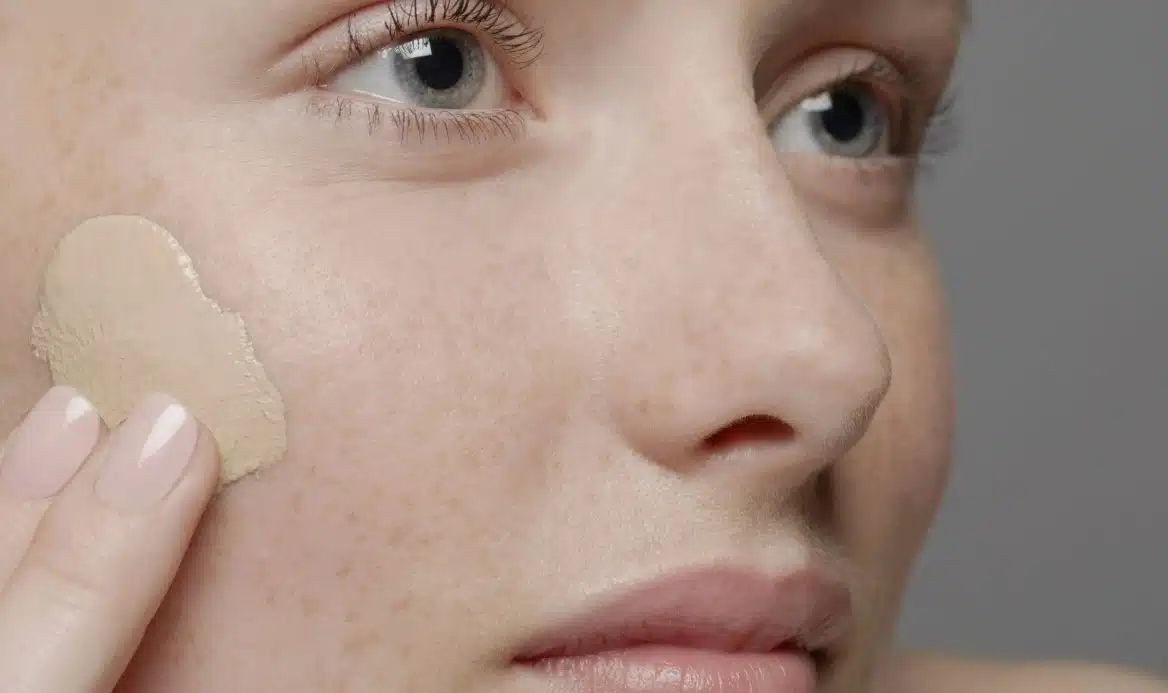
What Is Liquid Foundation Used For?
Ever wondered whether liquid foundation or powder foundation is better for your skin?
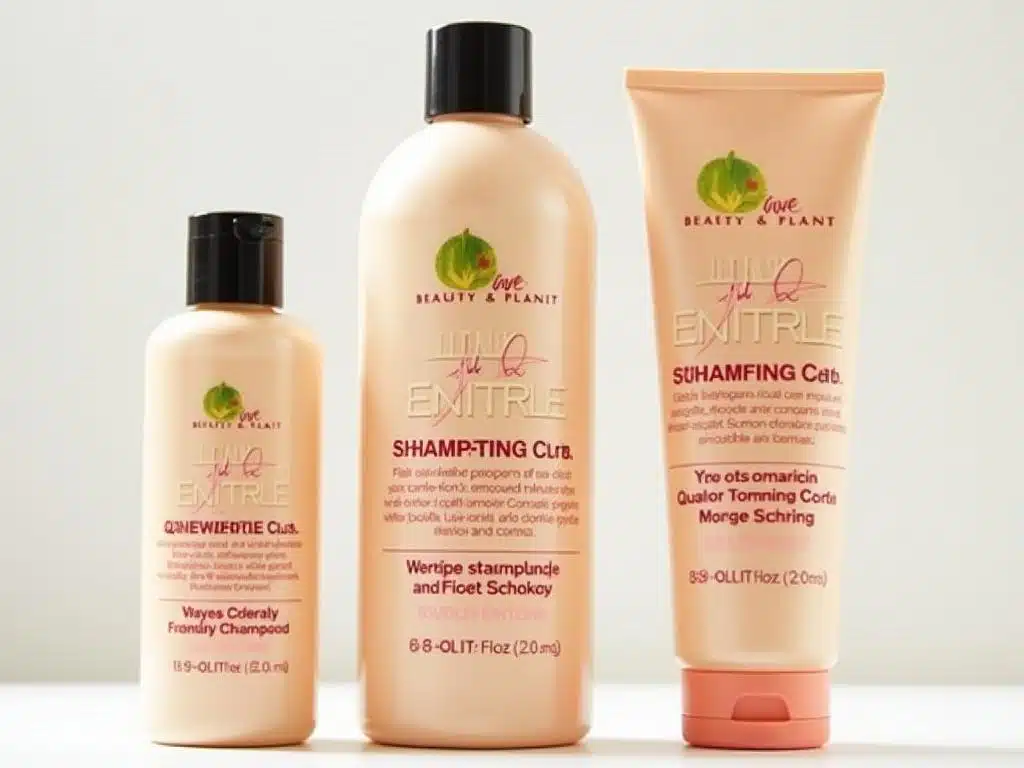
Is Love Beauty And Planet Good For Hair?
Love Beauty and Planet has carved a niche in the hair care and beauty industry by offering products that are both effective and ethically conscious.
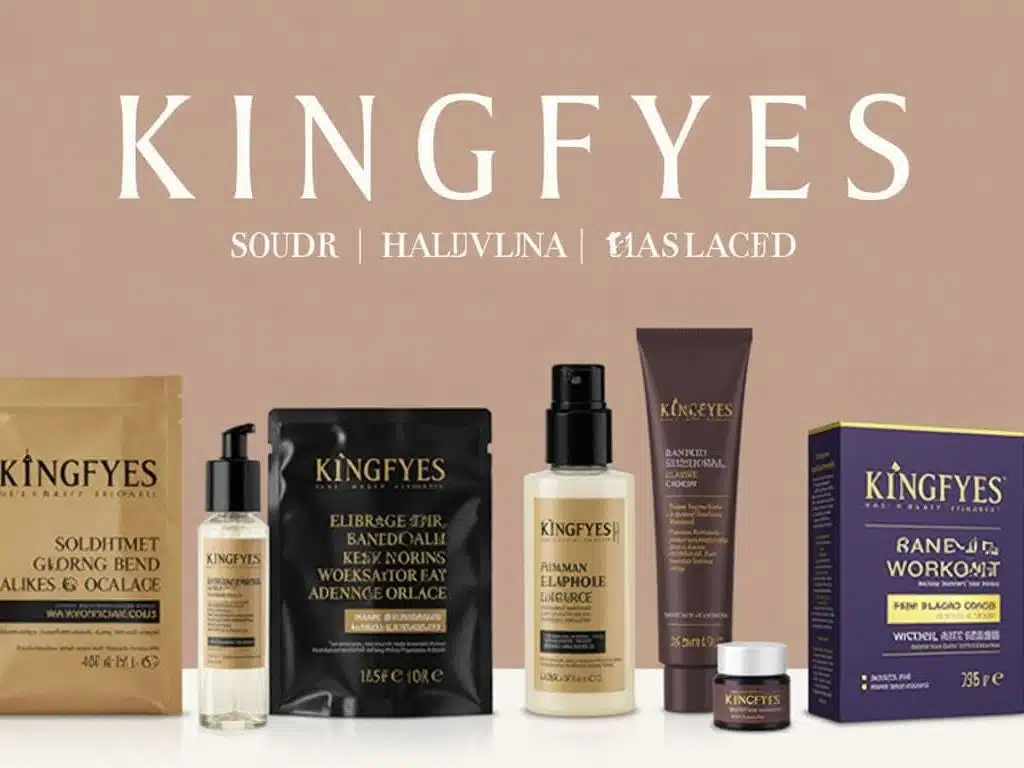
How Do I Create My Own Hair Beauty Brand?
Do you dream of launching your own hair care brand?
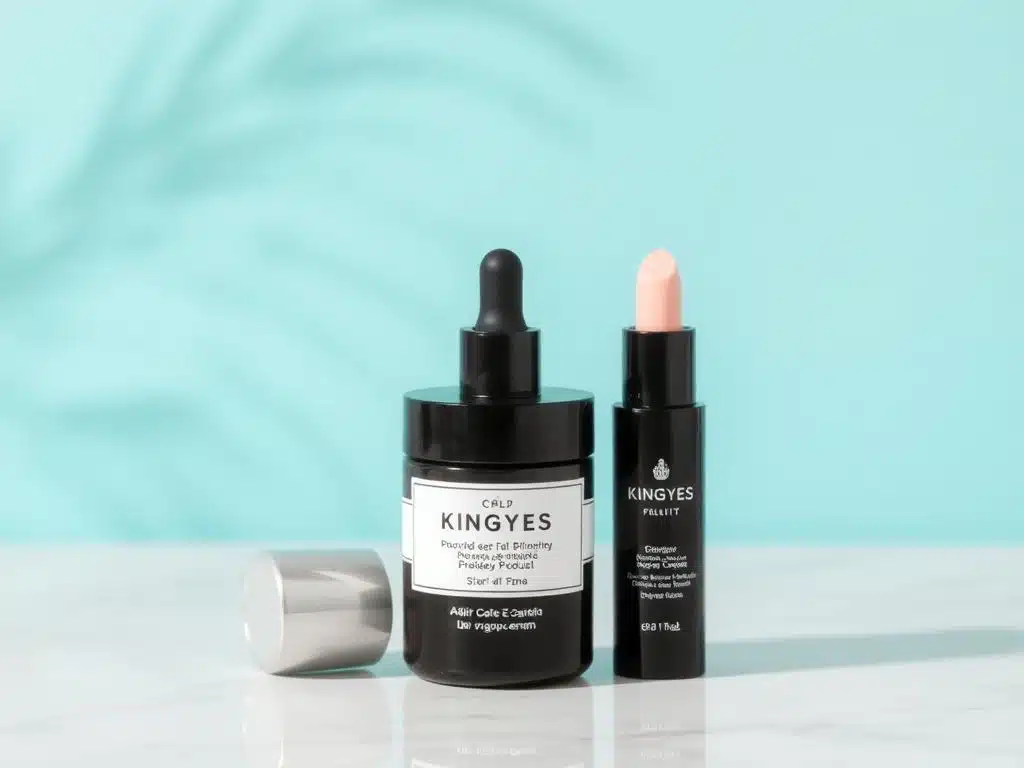
Top 10 Beauty Brands In Russia
Russia’s beauty market is a fascinating blend of traditional beauty secrets, international influences, and a growing emphasis on natural and organic ingredients.

What Does The FDA Require Cosmetic Manufacturers To Do?
The cosmetic industry is a vast and dynamic sector, constantly introducing new and innovative products to meet consumer demands.
- +86 151 1839 7303
- [email protected]
- Mon-Sun 07:00-23:00
Tags
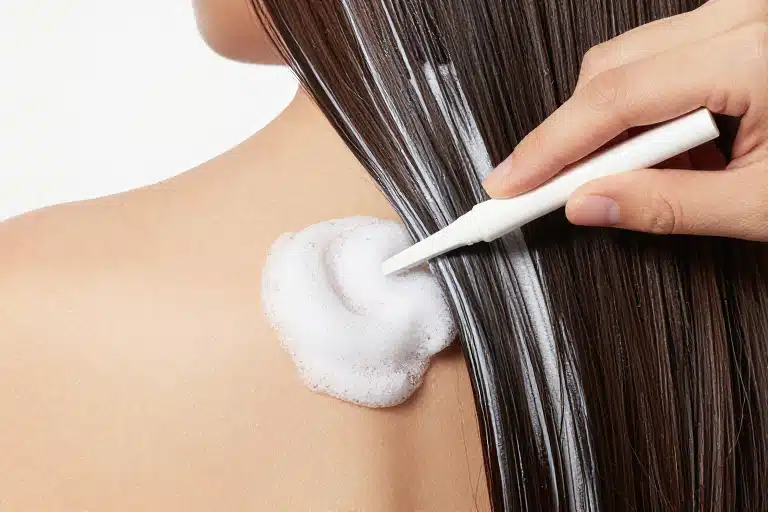
How to Get Hair Dye Off Skin: The Only Guide You Need
Picture this.
You just dyed your hair. You used a new color. It looks great. Your hair shines. You feel happy. You feel like a new person.

How Often Should You Wash Your Hair? The Ultimate Guide
The alarm rings.
You wake up. You stretch. You walk to the mirror.
You look at your hair.

Is Laser Hair Removal Permanent? The Truth About Smooth Skin
Shaving hurts.
Waxing costs too much.
And hair keeps coming back.

